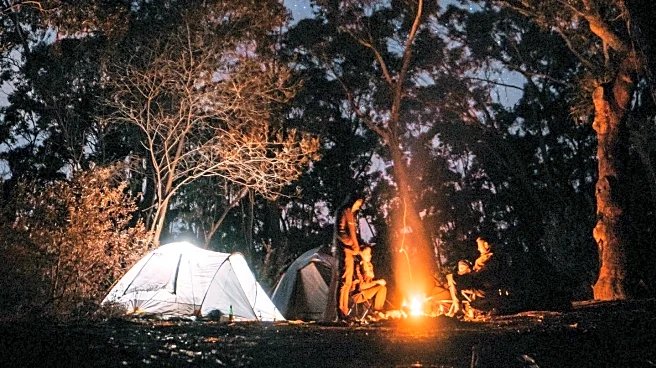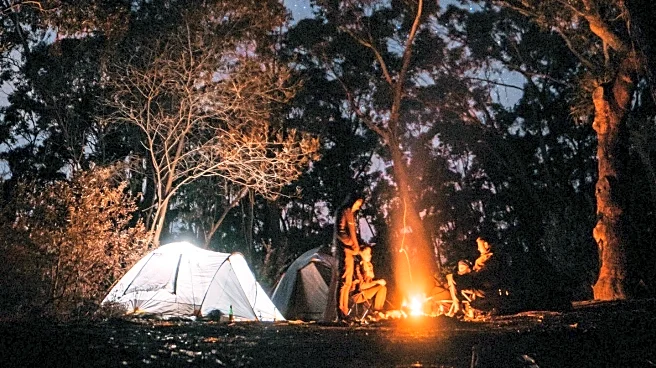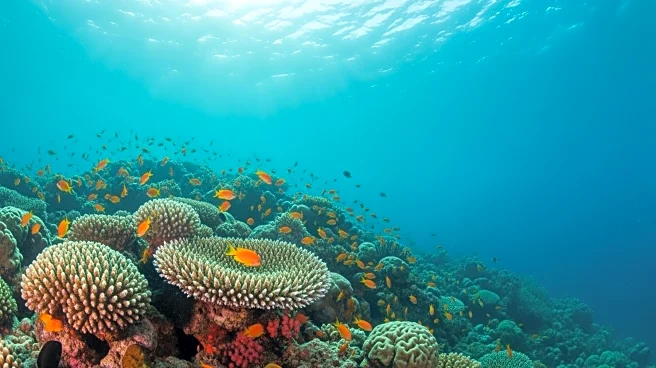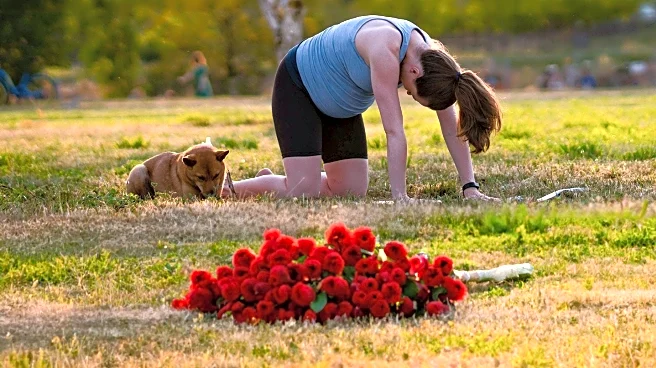What's Happening?
Troy Milne, a 61-year-old diabetic camper from Cockatoo, Australia, was found alive after being missing for nine days in the rugged bushland near Buchan. Milne, who is insulin-dependent, went missing after leaving
his campsite at Woodside Beach for a short supply trip on October 7. He was discovered by Forest Fire Management Victoria staff near his Jeep Wrangler, which had become undrivable after bottoming out on the terrain. Milne lit a fire to attract the attention of searchers, which ultimately led to his rescue. The search operation was extensive, involving Victoria Police, the Department of Energy, Environment & Climate Action, and the State Emergency Service.
Why It's Important?
The successful rescue of Troy Milne highlights the importance of coordinated search and rescue operations in remote areas. The involvement of multiple agencies underscores the challenges faced in locating individuals in vast and rugged terrains. Milne's case also brings attention to the risks faced by individuals with medical conditions, such as diabetes, when they are without necessary medication for extended periods. The incident serves as a reminder of the need for preparedness and safety measures when venturing into remote areas, especially for those with health vulnerabilities.
What's Next?
Following his rescue, Troy Milne was taken to a hospital for treatment and observation. The incident may prompt discussions on improving safety protocols for campers and travelers in remote areas, particularly those with medical needs. Authorities might consider reviewing and enhancing search and rescue strategies to better address similar situations in the future. Additionally, Milne's experience could lead to increased awareness and education on the importance of carrying sufficient supplies and emergency equipment when exploring isolated regions.
Beyond the Headlines
Milne's ordeal sheds light on the psychological and physical challenges faced by individuals lost in the wilderness. His ability to light a fire and attract attention demonstrates resourcefulness and survival instincts that can be crucial in life-threatening situations. The story also highlights the emotional impact on families during such crises and the relief experienced upon successful rescues. This incident may inspire further exploration into survival techniques and training for outdoor enthusiasts.











